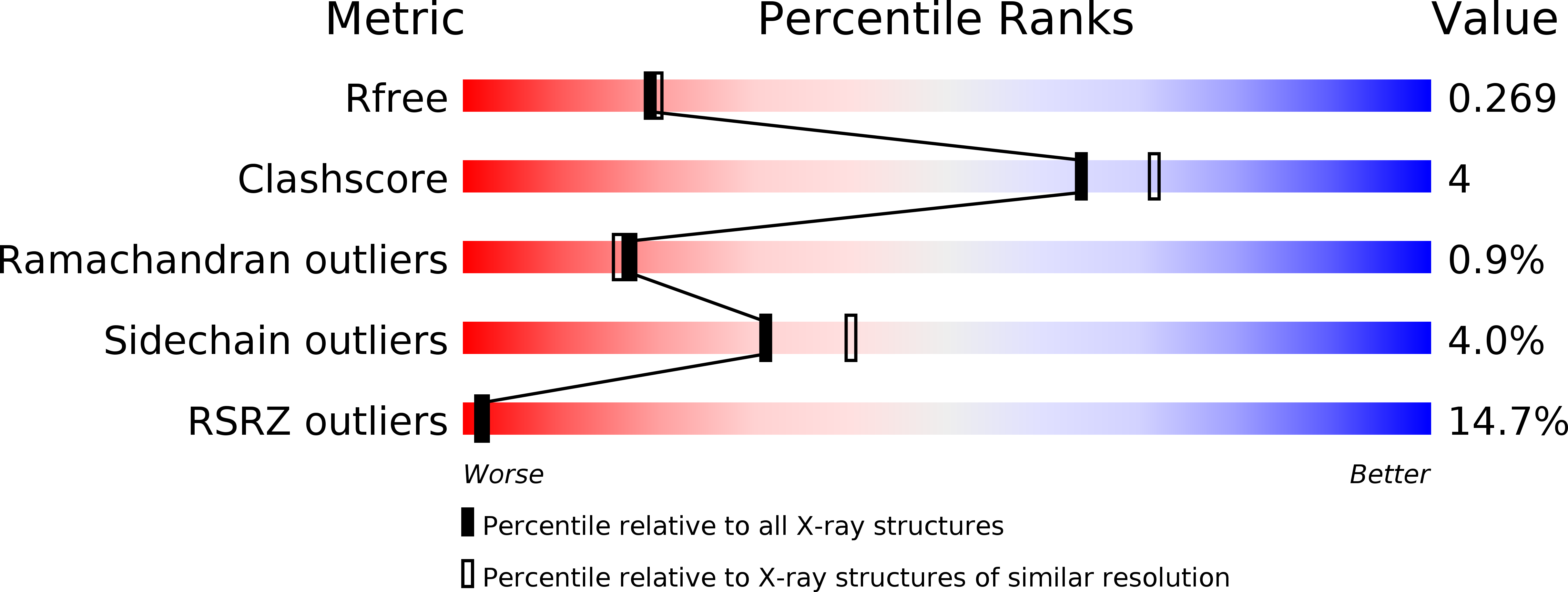
Deposition Date
2005-05-11
Release Date
2006-08-29
Last Version Date
2023-12-13
Entry Detail
PDB ID:
2BRT
Keywords:
Title:
ANTHOCYANIDIN SYNTHASE FROM ARABIDOPSIS THALIANA COMPLEXED with naringenin
Biological Source:
Source Organism:
ARABIDOPSIS THALIANA (Taxon ID: 3702)
Host Organism:
Method Details:
Experimental Method:
Resolution:
2.20 Å
R-Value Free:
0.26
R-Value Work:
0.20
R-Value Observed:
0.21
Space Group:
P 21 21 21


